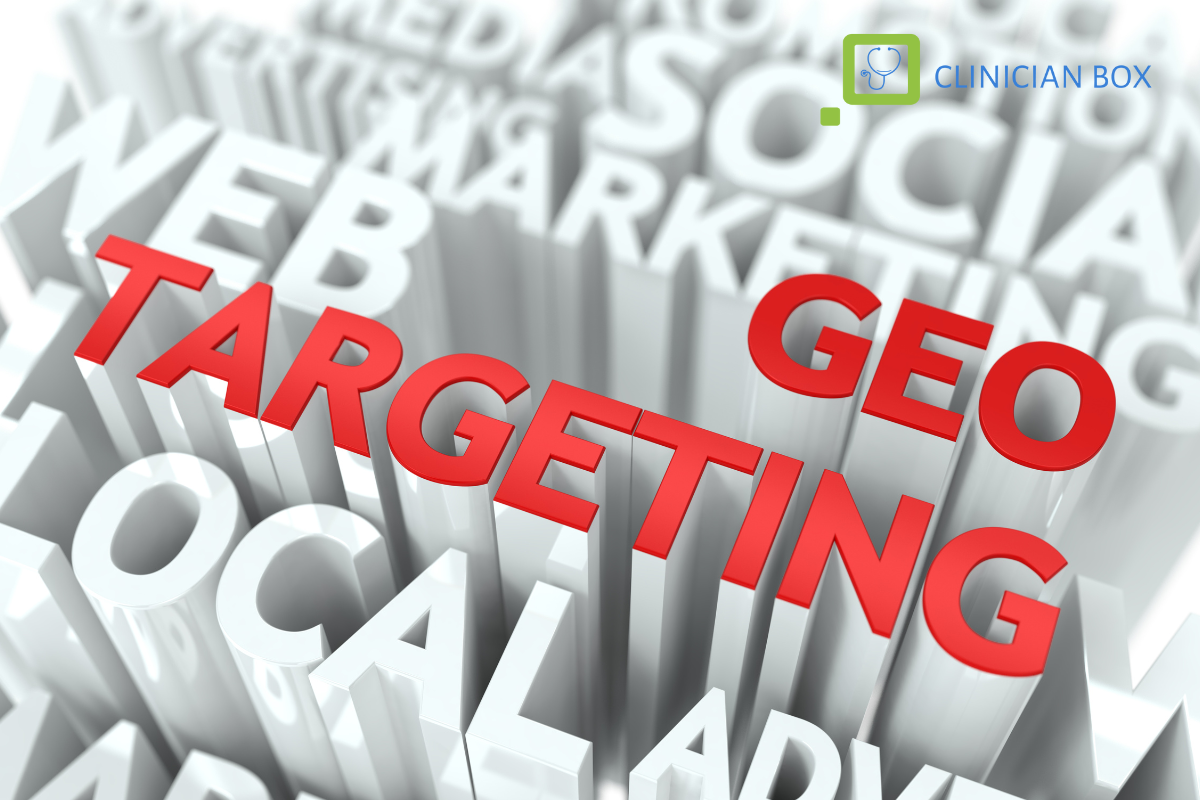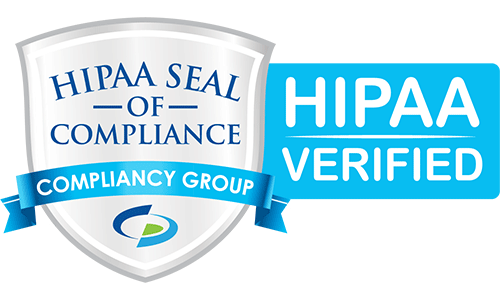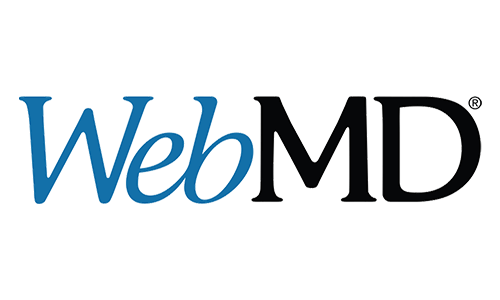The Evolution of SEO, GEO, and AIO in Healthcare Marketing
As a healthcare provider or administrator, you're likely aware of how important it is to maintain a strong online presence for patient acquisition and practice growth. Over the years, digital marketing, particularly SEO (Search Engine Optimization), has played a pivotal role in online visibility. But as technology advances, new terms like GEO (Generative Engine Optimization) and AIO (AI Optimization) are becoming central to how we think about SEO. What do these terms mean, and how do they relate to SEO in healthcare marketing?
To understand the future of digital marketing, it’s important to take a look back at how SEO has evolved, and how new strategies are shaping the way we connect with patients online.
The Early Days of SEO: The 1990s – Keyword Stuffing
In the early days of the internet, search engines ranked websites mainly based on one factor: keyword density. The more times a keyword appeared on a page, the higher it ranked.
- The Early SEO Mindset: This led to "keyword stuffing”, loading pages with repetitive, often hidden keywords in an attempt to manipulate search engine algorithms.
- The Problem for Healthcare: Imagine a website for a dental practice stuffed with keywords like "dentist in Louisville," "best dentist Louisville," "Louisville dentist appointment," etc. This made the website look spammy, provided a poor user experience, and didn’t offer valuable information to patients.
The Google Revolution: The 2000s – Relevance and Authority Take Over
In the 2000s, Google revolutionized SEO with PageRank. Instead of just counting keywords, it analyzed the quality and quantity of links pointing to a website. A link was treated as a "vote" of confidence.
Shift in Strategy:
SEO evolved from keyword manipulation to earning online authority, which emphasized:
- Content Quality: Creating valuable, informative content that people wanted to link to.
- Technical Health: Ensuring websites were fast, easy to navigate, and well-structured.
- User Experience (UX): Making websites easy to use and mobile-friendly.
Impact on Healthcare:
This period marked the rise of authoritative medical content. Healthcare providers began publishing valuable articles, patient resources, and condition guides. Links from reputable medical sources or local news outlets became crucial for SEO success. This approach mirrored the real-world principles of professional reputation and peer recognition in healthcare.
The 2010s: The Mobile Revolution
With smartphones in everyone’s pockets, search became immediate and local. “ENT doctor near me” or “urgent care open now” became the most common searches. This is where Local SEO became non-negotiable.
- The goal: To answer the patient’s immediate question: “Where are you, and are you open?”
- The tools: Your Google Business Profile and other traditional local search results became your digital front door. Positive reviews, accurate hours, and clear photos became critical.
The Future is Here: Talking to AI
Now, search is undergoing its biggest shift yet. People are starting to ask complex, conversational questions to AI assistants like Google’s new search experience or ChatGPT.
This brings us to two new concepts:
- Generative Engine Optimization (GEO): Be the Expert the AI Quotes.
Imagine a patient asks an AI: “What’s the difference between in-office balloon sinuplasty and traditional sinus surgery?” The AI will generate a paragraph summarizing the answer. GEO is the practice of making your content so authoritative and clear that the AI uses your clinic’s blog post as its source. It’s about becoming the trusted reference. - AI Optimization (AIO): Be the Best Answer.
AIO is the big-picture strategy of ensuring your practice provides the best answer to patient questions, whether they're searching on Google, asking a voice assistant, or chatting with AI. It's about creating content that directly addresses patient needs using natural, conversational language that both humans and AI understand and value.
How They Work Together: The Integrated Strategy
For a healthcare practice, these are not mutually exclusive; they work together to form a comprehensive, modern SEO strategy. Here’s how they integrate:
- GEO Attracts with Expertise: A well-researched article on "Treating Chronic Sinusitis" optimized for GEO gets cited by an AI-powered search engine. The user reads the article and is impressed with the clinic's expertise.
- Local SEO Converts with Location: Now that the user trusts the clinic, they search for the clinic by name or for an "ENT near me." A strong local SEO presence ensures the clinic is easy to find and contact locally.
- AI Optimization: The combination of well-optimized content and AI understanding solidifies your clinic’s authority and visibility in search engines.
Your Simple Action Plan
As SEO, GEO, and AIO evolve, here’s how you can stay ahead:
- Solidify your Foundation: Ensure your technical SEO and local SEO efforts (especially your Google Business Profile) are up to date.
- Become the Answer Resource: Identify the top 20 questions your patients frequently ask. Create detailed, easy-to-understand content that answers them.
- Prioritize E-E-A-T: Highlight your expertise. Showcase doctor bios, credentials, and patient success stories. Publish reputable, well-cited content.
- Think Conversationally: Optimize for voice search by incorporating natural language and question-based phrases into your content.
Embrace the Shift for Lasting Success
The heart of SEO hasn’t changed: it’s about connecting people with the help they need. The difference now is that we’re moving from a simple directory model to a conversational one. By focusing on being a helpful, authoritative voice, you’re not just keeping up with algorithms—you’re building the kind of trust that turns searchers into patients.
Need help navigating these new tools? The team at
Clinician Box specializes in making modern SEO work for healthcare providers.
Let's chat!















